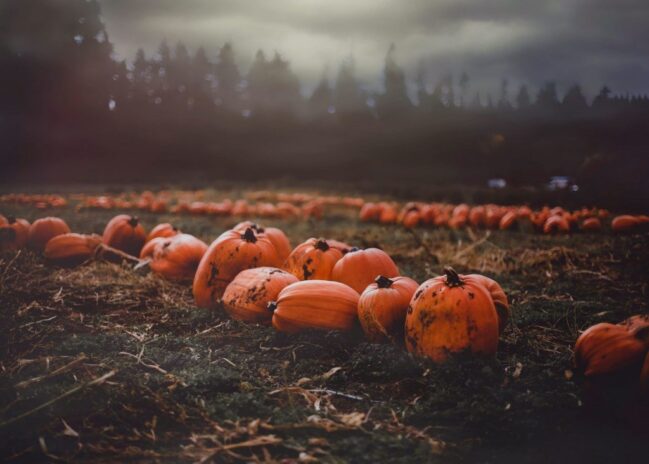Blog
Fear of Halloween and how to overcome it
October 13, 2020
3 minutes, 52 seconds

The nation will soon play host to creatively carved pumpkins and ghostly ghouls as Halloween fast approaches.
But for many, there is a more serious psychological fear associated with October’s Halloween celebrations, and its creepy display of costumes and decorations.
While trick or treating may be off the agenda this year, the fear of Halloween is very much still prevalent among many. To help, we have compiled our advice on the fear of Halloween night and how to overcome it.
What is the fear of Halloween night?
While Halloween is often associated with harmless scares, fun fancy dress and eating sweet treats, this time of year can be harrowing for many individuals that suffer from an intense fear of Halloween, this is known as Samhainophobia.
Samhainophobia is the fear of Halloween. The term derives from ‘Samhuin’, meaning summer’s end.
Causes behind Halloween fear (Samhainophobia)
There are several triggers that can lead to Samhainophobia, however, the most significant cause is a traumatic or negative experience related to Halloween.
Since spiders and cobwebs are often a big part of Halloween decorations and costumes, Samhainophobia is often associated to the fear of spiders (arachnophobia).
Children may also experience anxiety linked to knocking on strangers’ doors when trick or treating. This could be a result of the jarring message instilled from a young age “never talk to strangers.” Halloween night encourages children to knock on the unfamiliar doors of unknown people, which can lead to anxiety.
There is also the message surrounding Halloween that ghosts, ghouls and spirits roam free during the night, which could lead to someone who has a fear of ghosts also developing intense Samhainophobia.
Some may also experience heightened social anxiety during Halloween due to the pressure to dress up in costume and socialise in large groups or while trick or treating.
The fear of Halloween could also be exacerbated due to the increase in horror films showing on television. Increased exposure to scary films and programs could lead to heightened fear and cause Samhainophobia.
Symptoms of the fear of Halloween
There are several physical and emotional symptoms of Samhainophobia, which often intensify the closer it gets to Halloween. These include:
- Intense anxiety in the days leading up to Halloween
- Avoiding shops and houses displaying Halloween decorations and costumes
- Intense fear of Halloween night
- Extreme anxiety and terror around anything associated to Halloween
- Excessive sweating
- Nausea
- Shortness of breath and/or rapid breathing
- Muscle tension
- Sufferers may isolate themselves at this time of year
- Children may refuse to sleep alone during Halloween
- Children might be unable to express their fear, but do so in the form of crying, screaming fits or tantrums
- Fearing the dark
How to overcome Halloween fear
There are several methods to help overcome the fear of Halloween, which include:
Proactivity
In the lead up to Halloween, as the fear intensifies, being proactive and identifying things that you or your child find relaxing will put you in the calmest possible place. From exercise to reading, cooking to listening to soothing music, be proactive and identify soothing things to do in the lead up to the 31st October.
Acknowledgement
If the triggers of Halloween become too much, the first step is to acknowledge how you feel and accept that you feel the fear. Saying this out loud may help. Acknowledging the fear you are experiencing will help you to avoid getting angry with yourself. Denying your fear will only make it worse.
If a child is experiencing Samhainophobia, parents should do their best to acknowledge and understand the issue and deal with this with extreme patience and care.
Locate the cause
Locating what is causing your or your child’s fear should enable you to successfully avoid those triggers. It could be that avoiding specific shops with window displays or houses with certain decorations helps.
Find physical calm
Once you experience a trigger, the next step is to try and focus on finding a sense of physical calm. This could be achieved by:
- Deep, slow breathing
- Tapping slowly on alternative sides of your body
- Wrapping your arms around yourself to feel soothed and held
- Asking a friend, partner, or family member for a hug
- Repeating comforting words to yourself as reassurance that the period will pass
Communication
Like all fears, Samhainophobia can be a distressing subject to discuss. Talking to trusted friends, a partner or a close family member can help. It may also be that you wish to discuss yours or your child’s fear with your GP, as this could lead to alternative treatments to help relieve the anxiety associated to Samhainophobia. To find out about other common fears, read our blog post on the 5 most common phobias.